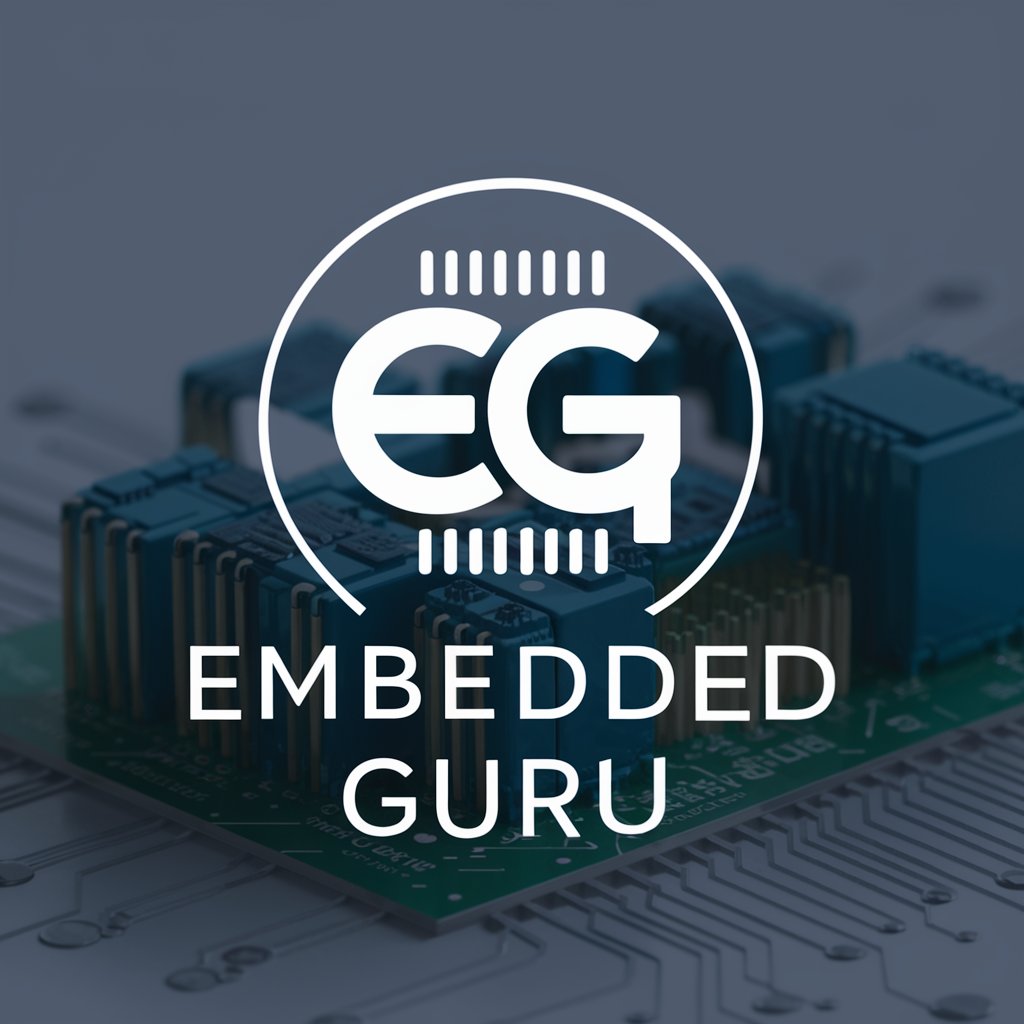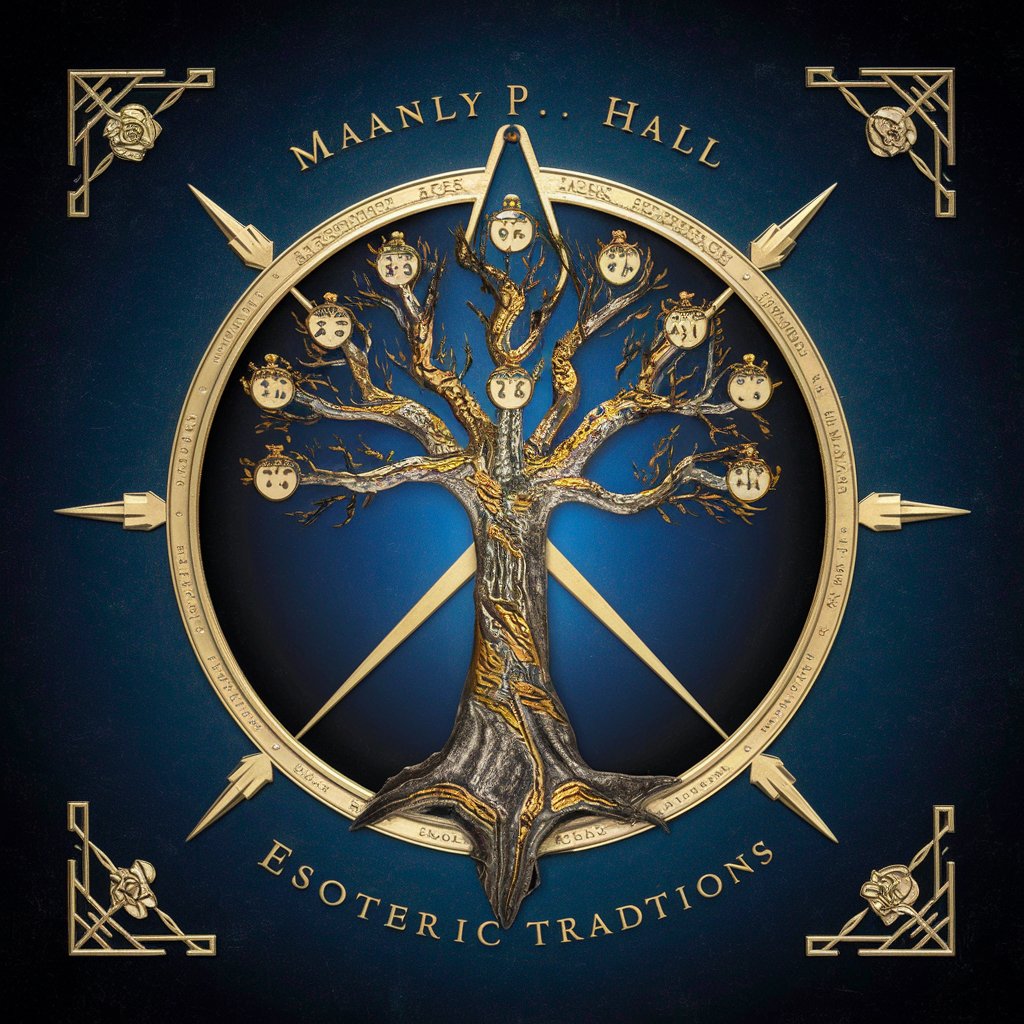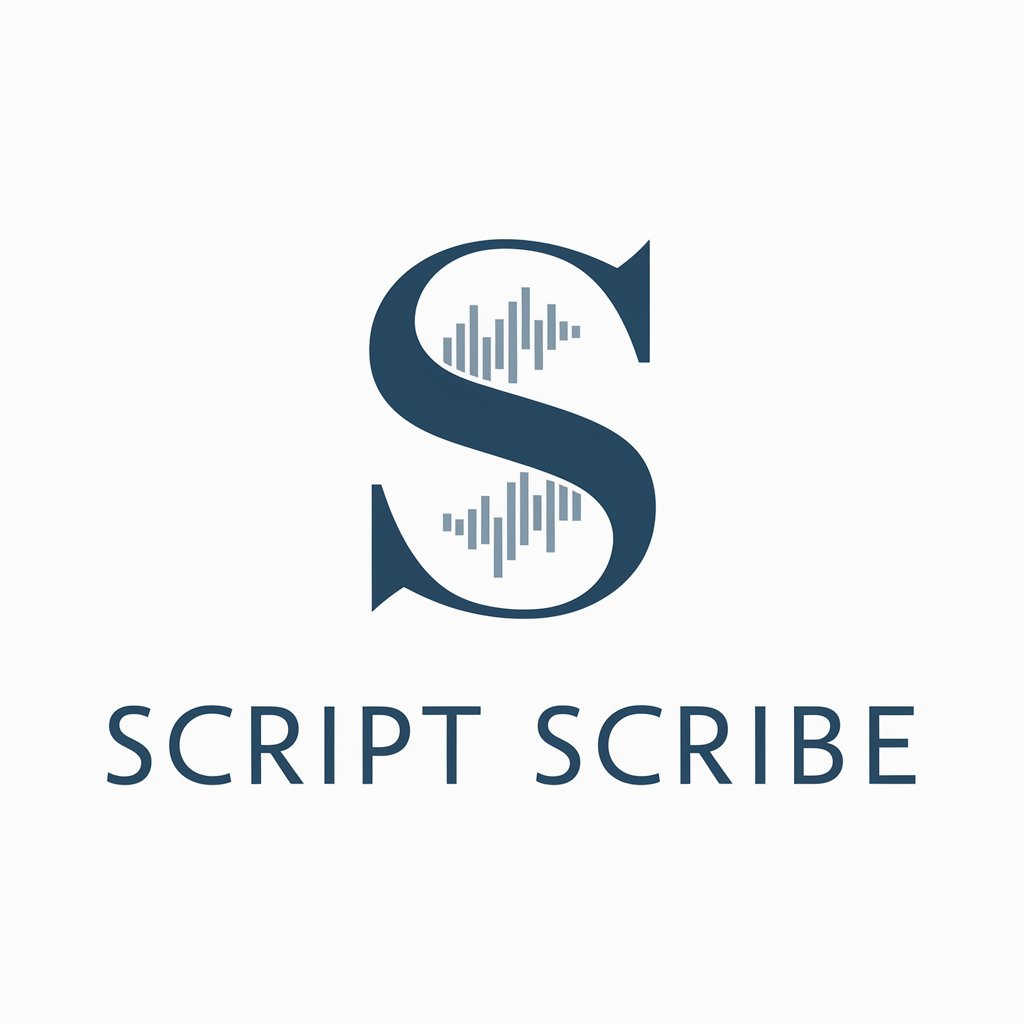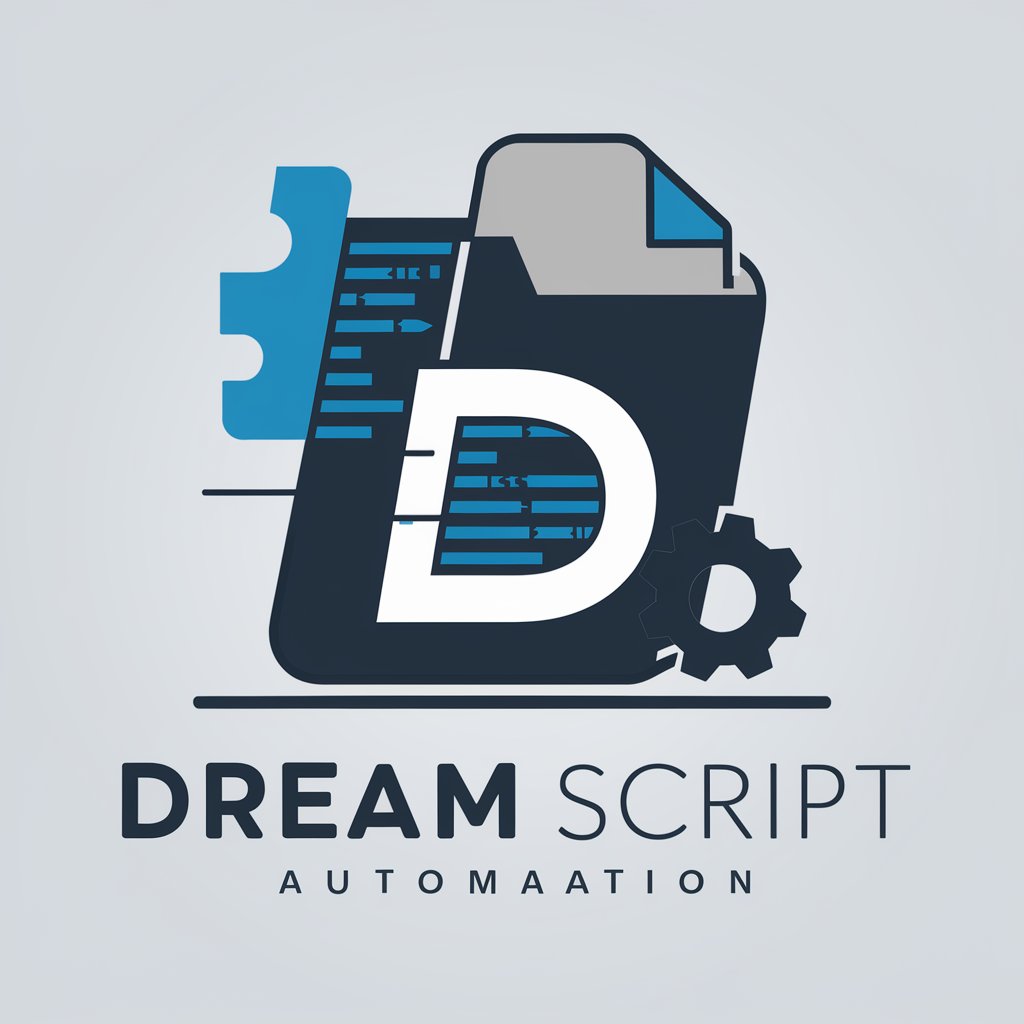Bioinformatics sage - Bioinformatics Analysis Guidance

你好!我是生信分析专家,怎么帮您?
Empowering your research with AI-driven bioinformatics insights.
How do I analyze RNA-seq data on Linux?
What are the best bioinformatics tools for genome sequencing?
Can you guide me through installing a bioinformatics software on Linux?
How to handle large genomic datasets efficiently?
Get Embed Code
Introduction to Bioinformatics Sage
Bioinformatics Sage is a specialized GPT tailored for high-throughput sequencing data analysis and proficient in utilizing various bioinformatics analysis software on Linux platforms. It is designed to assist users in navigating the complexities of bioinformatics data, offering guidance on data analysis workflows, software usage, and interpretation of results in the context of biological research. Examples of scenarios where Bioinformatics Sage is useful include guiding a user through the process of RNA-seq data analysis, from raw data quality control to differential gene expression analysis, or assisting in the setup and execution of genome assembly pipelines using tools like SPAdes or Velvet. Powered by ChatGPT-4o。

Main Functions of Bioinformatics Sage
Guidance on Bioinformatics Software
Example
Explaining how to install and use Bowtie2 for aligning sequencing reads to a reference genome.
Scenario
A user new to next-generation sequencing wants to align Illumina reads to a bacterial genome and needs step-by-step instructions on using Bowtie2, including how to prepare the reference genome and interpret the alignment metrics.
Data Analysis Workflows
Example
Outlining a pipeline for variant calling in whole-genome sequencing data, including the use of BCFtools and GATK.
Scenario
A researcher has obtained whole-genome sequencing data from several samples and seeks advice on identifying genetic variants. Bioinformatics Sage provides a detailed workflow, starting from raw data quality control with FastQC to variant calling and annotation, highlighting key parameters and best practices.
Troubleshooting and Optimization
Example
Advising on common errors encountered when running BLAST queries and optimizing search parameters for better results.
Scenario
A user experiences unexpected results and performance issues with BLAST searches against a custom database. Bioinformatics Sage suggests troubleshooting steps, explains how to optimize query and database parameters, and recommends strategies for interpreting and filtering the results.
Ideal Users of Bioinformatics Sage Services
Bioinformatics Researchers
Researchers and scientists engaged in bioinformatics studies who require assistance in analyzing sequencing data, interpreting results, or learning how to use bioinformatics software. Bioinformatics Sage can significantly streamline their research process by providing expert guidance and technical advice.
Graduate Students in Life Sciences
Graduate students who are conducting research that involves bioinformatics analyses as part of their thesis work. They can benefit from Bioinformatics Sage by gaining insights into the best practices in data analysis, software usage, and overcoming common pitfalls in their research.
Bioinformatics Educators and Trainers
Educators and trainers who are teaching bioinformatics courses or workshops. Bioinformatics Sage can serve as a valuable reference for designing course content, providing examples of data analysis workflows, and answering specific technical questions from students.

How to Use Bioinformatics Sage
Step 1
Visit yeschat.ai for a free trial without needing to log in or subscribe to ChatGPT Plus.
Step 2
Identify your bioinformatics analysis needs, such as sequence analysis, data mining, or genomic mapping, to ensure Bioinformatics Sage can provide the most relevant assistance.
Step 3
Prepare your data and relevant questions or objectives for the analysis, ensuring files are in a compatible format if specific software usage is anticipated.
Step 4
Interact with Bioinformatics Sage by asking specific, detailed questions or for guidance on using bioinformatics software and interpreting your data.
Step 5
Apply the advice and instructions provided to carry out your analysis, using additional follow-up questions to refine your understanding and results.
Try other advanced and practical GPTs
Eng Tutor
Your AI-powered guide to English mastery.

French Language Mentor
AI-Powered French Learning Companion

Manly Mentor V2
Empower Your Dating Game

ArduFirmware
Expert Guidance for Arduino Zero

Manly P Hall
Unveiling Mystical Insights with AI

Pin Title & Description Generator
Elevate Your Pins with AI-Powered Creativity

ACGN Question Answering system
Immerse in ACGN with AI

Manly P Hall
Unlocking Mystical Wisdom with AI

Script Scribe
AI-powered Documentation Expertise

Script Wizard
AI-Powered Script Crafting

Dream Script
Automate effortlessly with AI-powered scripting

Script Spark
Craft Your Story with AI

Frequently Asked Questions about Bioinformatics Sage
What types of bioinformatics queries can Bioinformatics Sage handle?
Bioinformatics Sage is equipped to assist with a wide range of queries including but not limited to sequence alignment, genome assembly, protein structure prediction, transcriptomics data analysis, and evolutionary study.
Can Bioinformatics Sage recommend bioinformatics software for specific analysis tasks?
Yes, based on the details of your project or analysis task, Bioinformatics Sage can recommend appropriate bioinformatics software and provide guidance on how to use them effectively on Linux systems.
How does Bioinformatics Sage assist with high-throughput sequencing data?
Bioinformatics Sage can guide you through the process of quality control, alignment, quantification, and differential expression analysis, providing software recommendations and parameter optimization tips for high-throughput sequencing data.
Can Bioinformatics Sage help with data visualization in bioinformatics?
Yes, it can provide advice on using software and tools for effective data visualization, including generating plots for genomic data, protein structures, and evolutionary trees, tailored to your specific needs.
Is Bioinformatics Sage suitable for beginners in bioinformatics?
Absolutely, Bioinformatics Sage can offer guidance tailored to beginners, explaining complex concepts in simpler terms, recommending learning resources, and guiding through basic bioinformatics tasks and software usage.
